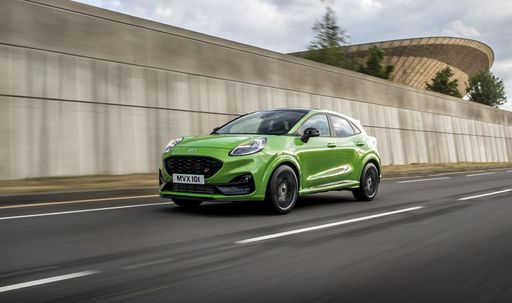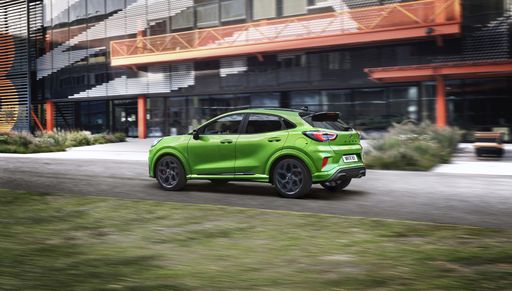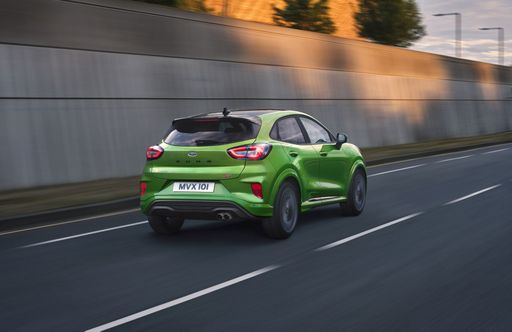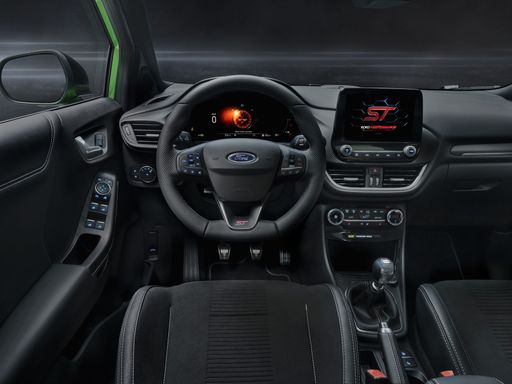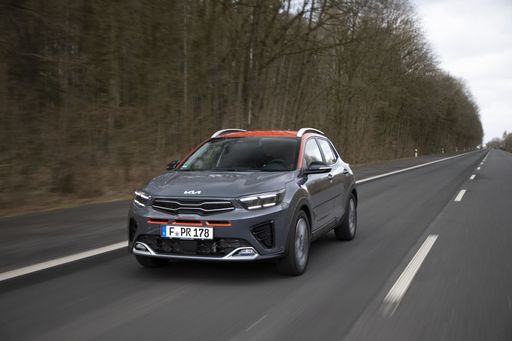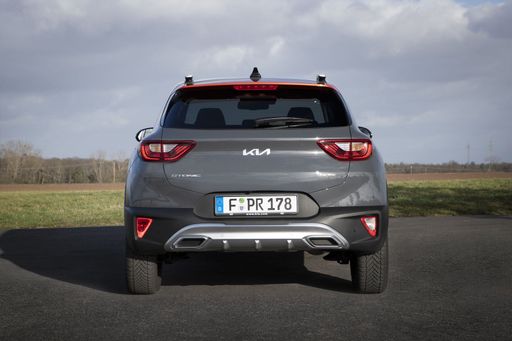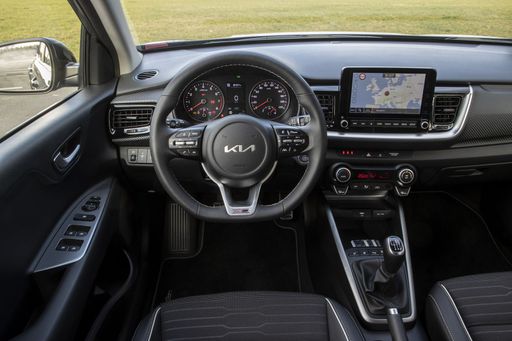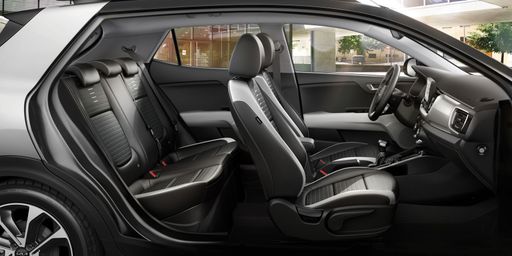A Clash of Compact Titans: Ford Puma vs. Kia Stonic
In the bustling world of compact SUVs, the Ford Puma and Kia Stonic shine as two notable contenders. Both vehicles offer an attractive blend of technology, efficiency, and style, positioning themselves as strong players in this competitive segment. Let's delve into their technical aspects and innovations to help you make an informed choice.

